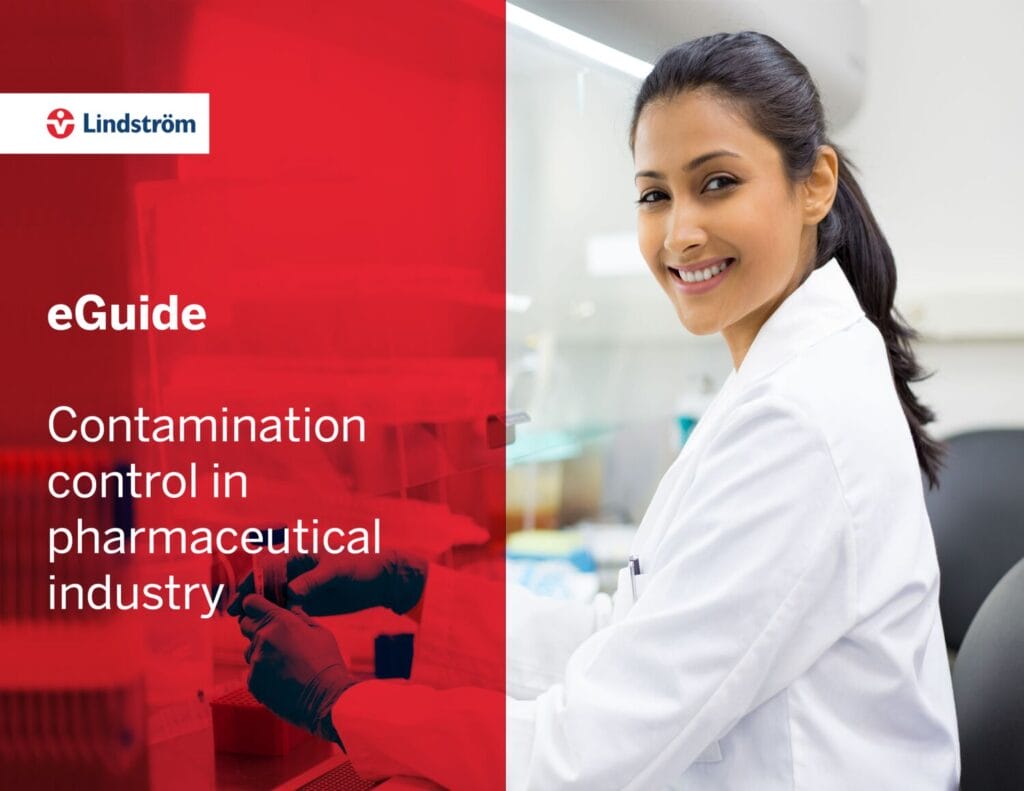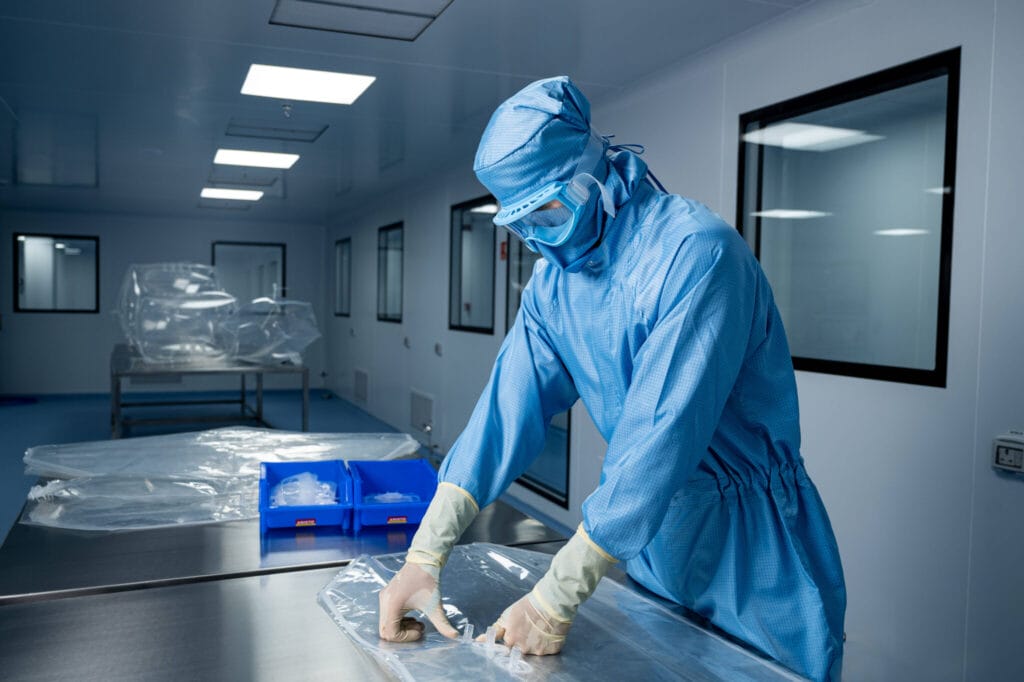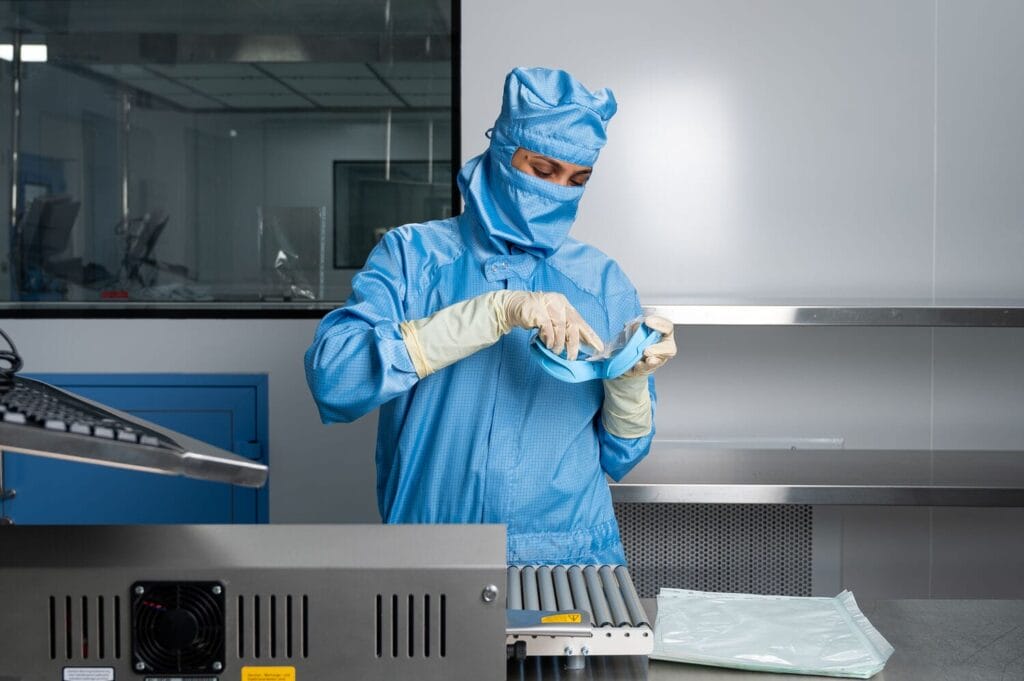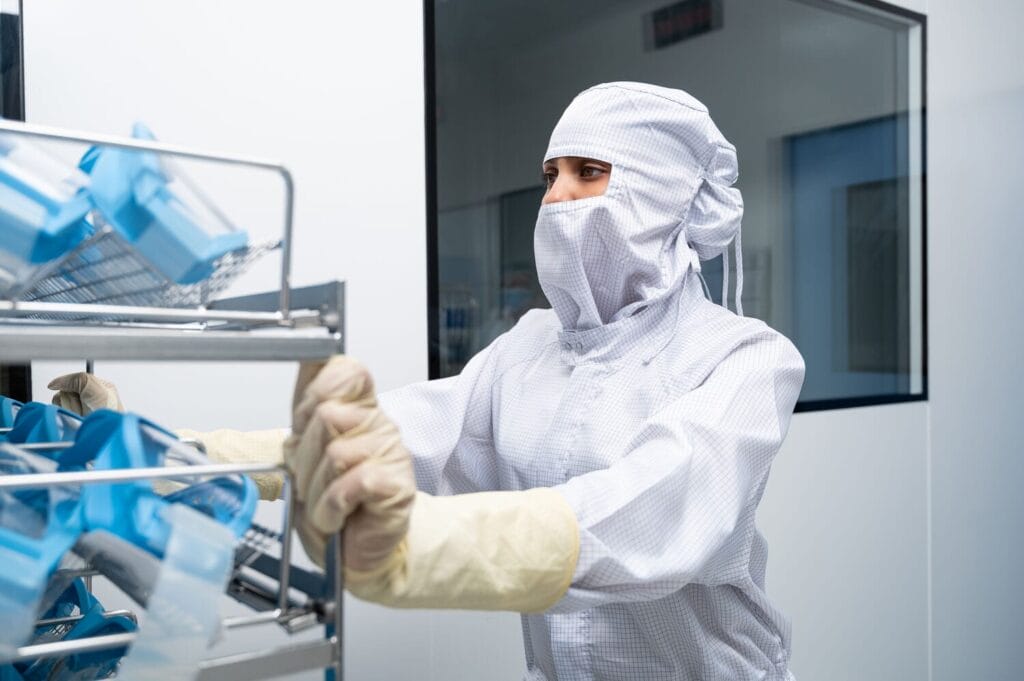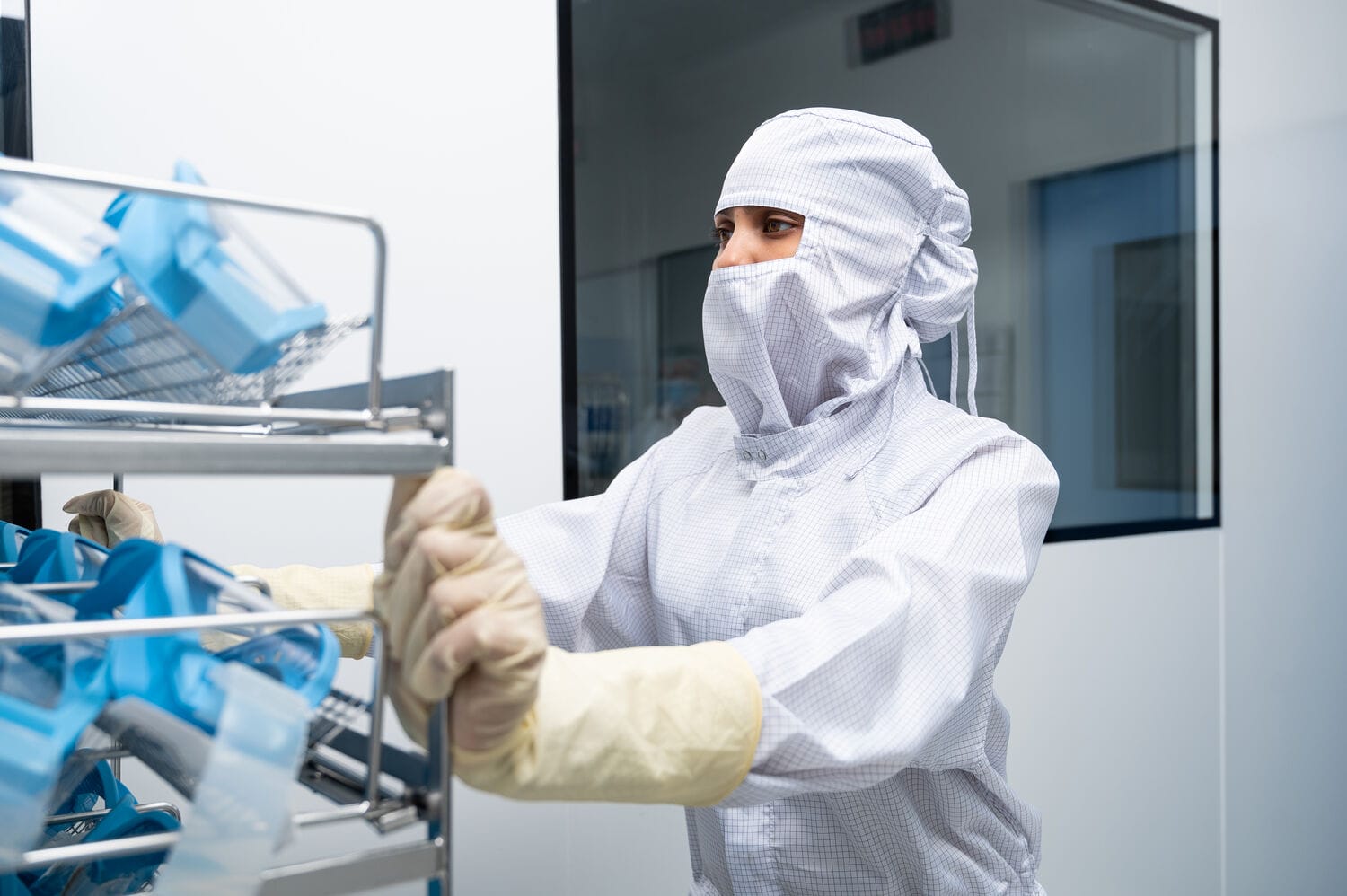
Understanding and controlling contamination in cleanrooms
In industries like pharmaceuticals and electronics, even microscopic contamination can compromise product integrity, lead to costly recalls, and risk regulatory non-compliance. Identifying and mitigating contamination sources is essential to maintaining strict cleanroom standards.
Common sources of contamination in cleanrooms
Contamination in cleanrooms originates from various sources, including personnel, equipment, materials, and airflow systems. Understanding these risks helps in implementing effective control measures. Personnel, for example, are the primary source of contamination, as the human body sheds millions of particles per hour. Improper gowning and poor hygiene practices exacerbate the risk. Equipment and tools can harbour contaminants if not properly maintained and cleaned, while airborne particles introduced through ventilation systems or material movement can also contribute. Additionally, inadequate cleaning protocols or the use of non-validated detergents can introduce rather than eliminate contaminants.
How can personnel hygiene be improved in cleanrooms?
Personnel hygiene is a critical component of contamination control. The following best practices ensure minimal particle shedding:
- Validated Gowning Procedures: Employees should follow strict gowning protocols using cleanroom-certified garments that meet ISO 14644 and GMP Annex 1 standards.
- Regular Training & Compliance Audits: Continuous training reinforces best practices, and periodic audits ensure adherence to hygiene protocols.
- Garment Lifecycle Management: Using RFID-tracked reusable garments, such as those provided by Lindström’s cleanroom service, ensures traceability and compliance with industry standards.
Aside from these measures, fostering a culture of accountability among staff can significantly enhance hygiene levels. Encouraging personnel to be proactive in reporting breaches and adhering to hygiene protocols helps maintain cleanroom integrity.
What are the best practices for equipment maintenance in cleanrooms?
Equipment used in cleanrooms must be meticulously maintained to prevent contamination. Establishing regular cleaning schedules is critical, ensuring that equipment is cleaned and disinfected according to industry standards. Proper storage of equipment when not in use can prevent the accumulation of dust and other contaminants.
Validation processes are also essential to confirm that cleaning methods are effective. This involves testing and documenting cleaning efficacy, ensuring that all equipment meets the required cleanliness standards. By adhering to these best practices, cleanroom operations can maintain high levels of contamination control.
How does airflow and filtration affect contamination control?
Airflow and filtration systems play a pivotal role in controlling contamination within cleanrooms. These systems are designed to manage the distribution and removal of particles, ensuring a controlled environment. Properly functioning airflow systems are crucial for maintaining the cleanroom’s classification and preventing cross-contamination.
Regular monitoring and maintenance of these systems are necessary to ensure they operate at optimal performance. This includes checking filters, verifying airflow patterns, and ensuring systems respond appropriately to changes in the cleanroom environment. Effective management of airflow and filtration can significantly enhance contamination control efforts.
Key strategies of reducing contamination through airflow and filtration:
- Regular HEPA Filter Inspections: Filters should be routinely tested and replaced to maintain optimal performance.
- Monitoring Airflow Patterns: Ensuring proper laminar airflow reduces cross-contamination between clean and less clean areas.
- Environmental Monitoring Programs: Real-time particle and microbial monitoring can help detect contamination risks early.
What role do cleaning protocols play in contamination control?
Well-established cleaning protocols are fundamental to effective contamination control in cleanrooms. The choice of cleaning agents is critical, as they must be capable of eliminating contaminants without compromising the cleanroom environment. The frequency of cleaning operations must be tailored to the specific needs of the cleanroom, ensuring consistent cleanliness.
Validation of cleaning processes ensures that protocols are effective and meet industry standards. This involves regular testing and documentation of cleaning outcomes. By maintaining consistent cleaning practices, cleanrooms can significantly reduce the risk of contamination, thereby safeguarding the integrity of operations.
Maintaining cleanroom hygiene is complex and requires strict adherence to regulatory standards. Lindström’s cleanroom garment rental service offers a fully validated contamination control solution, ensuring compliance with ISO 14644 and EU GMP Annex 1. Our service includes:
- Regularly laundered and validated cleanroom garments to ensure consistent cleanliness.
- RFID tracking for complete garment lifecycle management.
- Sustainable solutions that reduce textile waste and align with circular economy principles.
Ensure your cleanroom meets the highest standards of contamination control. Partner with Lindström for a reliable, compliant, and sustainable cleanroom garment solution.
